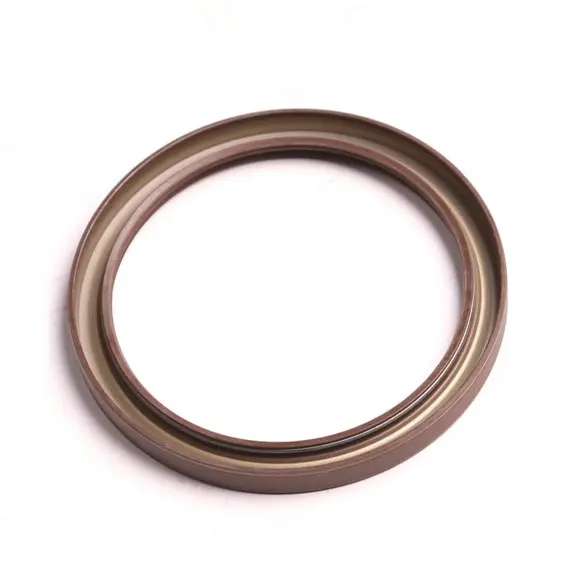10 月 . 20, 2024 23:12 Back to list
Understanding the Importance of Automotive Oil Seals for Engine Performance and Durability
Understanding Automotive Oil Seals Essential Components for Engine Efficiency
Automotive oil seals are critical components that play a pivotal role in maintaining the efficiency and longevity of an engine. These seals are designed to prevent the leakage of oil and other fluids, ensuring that the engine operates smoothly without loss of lubrication. Understanding how these parts function, their various types, and the importance of their maintenance can offer valuable insights for car owners and automotive enthusiasts alike.
What are Oil Seals?
Oil seals are mechanical devices that are typically made from rubber or other elastomers. They are positioned around rotating shafts in various engine components, including the crankshaft and camshaft. The primary function of these seals is to act as barriers that protect engine fluids from leaks, thereby maintaining the appropriate oil level in the engine. In addition to preventing oil leakage, they also serve to keep dirt, dust, and contaminants from entering the engine, which could lead to premature wear and tear.
Types of Automotive Oil Seals
There are several types of oil seals, each designed for specific applications
. Common examples include1. Rotary Oil Seals These are widely used in applications where there is a rotating shaft. They ensure a tight seal around the shaft, preventing oil leakage while accommodating the shaft's movement.
2. Lip Seals These seals have a lip that contacts the shaft, creating a reliable sealing surface. They are available in various designs, which can enhance their effectiveness against different types of fluids.
3. Mechanical Seals Used in applications that require high resistance to pressure and temperature, mechanical seals are designed to prevent leaks in pumps and other high-performance systems.
automotive oil seals

4. O-rings Often utilized in a variety of applications, O-rings are circular seals that can be found in many automotive components. Though not specifically categorized as oil seals, they can be crucial in preventing fluid leaks.
The Importance of Oil Seals in Engine Performance
The significance of oil seals cannot be overstated. When they function properly, oil seals preserve the integrity of the engine by ensuring that oil remains where it belongs. This is crucial because oil is essential for lubricating moving parts, reducing friction, and dissipating heat. Without proper lubrication, engine components can suffer from excessive wear and even catastrophic failure.
Moreover, leaking oil can lead to several other problems, including environmental concerns and costly repairs. Oil spots under vehicles can create environmental hazards, while losing oil pressure can result in engine overheating. Regular inspection and maintenance of oil seals can prevent these issues, thus prolonging the overall life of the engine.
Maintenance and Replacement
Maintaining oil seals is an important part of vehicle upkeep. Regular inspection during routine maintenance can help identify signs of wear, such as cracking or hardening of the rubber material. If leaks are detected, it is crucial to replace the seals promptly to avoid potential damage to the engine.
The replacement process may vary depending on the vehicle model and the location of the seals, but it often involves removing components like the engine cover or related parts to access the seals. Therefore, it is advisable for vehicle owners to seek professional help if they suspect that their oil seals need attention.
Conclusion
Automotive oil seals are indispensable elements that ensure optimal engine performance and longevity. By preventing oil leaks and protecting the engine from contaminants, these seals play a significant role in the efficient operation of vehicles. Regular maintenance and timely replacement of oil seals can save car owners from expensive repairs and contribute to a healthier environment by minimizing oil spills. Understanding the function and importance of these small yet essential components can help vehicle owners make informed decisions about their automotive care.